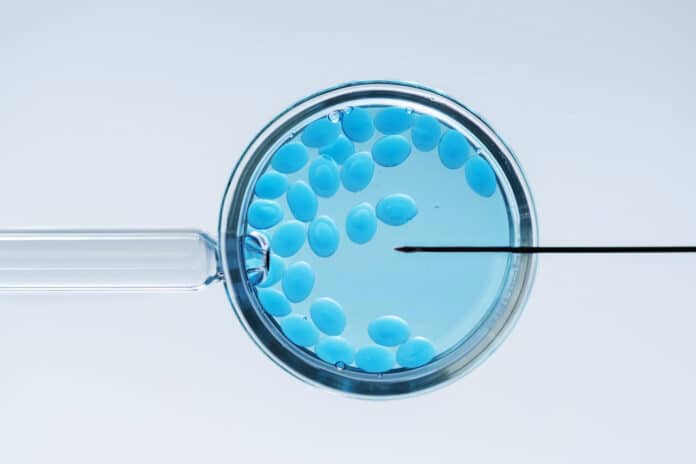According to Stanford Medicine experts, employing in vitro fertilization with genetic testing might dramatically reduce healthcare costs for prospective parents carriers of many inherited disorders.
Stanford Medicine researchers believe using in vitro fertilization with genetic testing, or PGD-IVF might drastically reduce healthcare costs for parents with inherited disorders. PGD-IVF is used to screen for single-gene defect diseases such as cystic fibrosis, sickle cell disease, and Tay-Sachs disease, among approximately 400 others.
However, due to the exorbitant expense of IVF and the lack of coverage by all but one state Medicaid program, it is out of reach for millions of people at risk. Most private employer health insurance plans do not cover IVF either.
Kevin Schulman, MD, director of the Clinical Excellence Research Center at Stanford Medicine, said, “We can prevent these diseases with advances in prenatal genetic diagnostic testing combined with IVF, But many benefit designs, especially for public programs such as Medicaid, have not kept pace with these advances.”
Advances in prenatal genetic diagnostic testing combined with IVF can potentially prevent many disorders. However, many benefit designs have fallen behind, particularly for public programs like Medicaid.
Compared to the lifetime care costs for patients with single-gene-defect disorders, PGD-IVF would provide insurance organizations with a cost-saving solution. Stanford researchers conducted a study to demonstrate the cost savings of using PGD-IVF.
Wasan Kumar, a Stanford medical student who coauthored the paper with Schulman and fellow medical student Aadit Shah, said, “We conducted our study to see if it would be in the economic interest of these programs to include PGD-IVF in their benefit. We showed that it was.”
The researchers from Stanford University compared the expenses of the PGD-IVF intervention to the expenditures of sickle cell disease care for patients, which affects approximately 100,000 Americans each year and impacts one out of every 365 Black American births. According to the researchers, these interventions cost between $6,636 and $63,436 more each year than a person without sickle cell disease, with an average lifetime cost of $602,000 and estimates as high as $1.7 million.
The only solution is bone marrow transplantation, also known as hematopoietic stem cell transplantation. However, it comes with the risk of serious infections, seizures, and infertility. And the expense is too expensive: between $150,000 and $250,000 for each patient. Even more promising gene treatments in research to treat sickle cell disease will likely cost more than a million dollars.
Most of the financial burden for the lifetime of expensive treatment for more than 55,000 people with sickle cell disease falls on the public because Medicaid pays the expense for half of all sickle cell disease patients. Health inequity results from PGD-IVF not being covered by Medicaid. There would still be a sizable number of people requiring care if PGD-IVF was used to screen out sickle cell disease, but the number of new cases would decline sharply.
Due to the new research, health regulators may be better able to decide whether to add PGD-IVF coverage for disorders with a single gene flaw.
According to the research, “adding PGD-IVF as a Medicaid benefit seems to have a compelling clinical and economic justification in the wake of the COVID-19 pandemic and a renewed discussion about health equity.”
Journal Reference:
- Kevin A. Schulman, Aadit P. Shah, etal. Benefit Determination For Single Gene Defect Diseases: A Paradigm Shift. Health Affairs Forefront. DOI: 10.1377/forefront.20230608.910810
